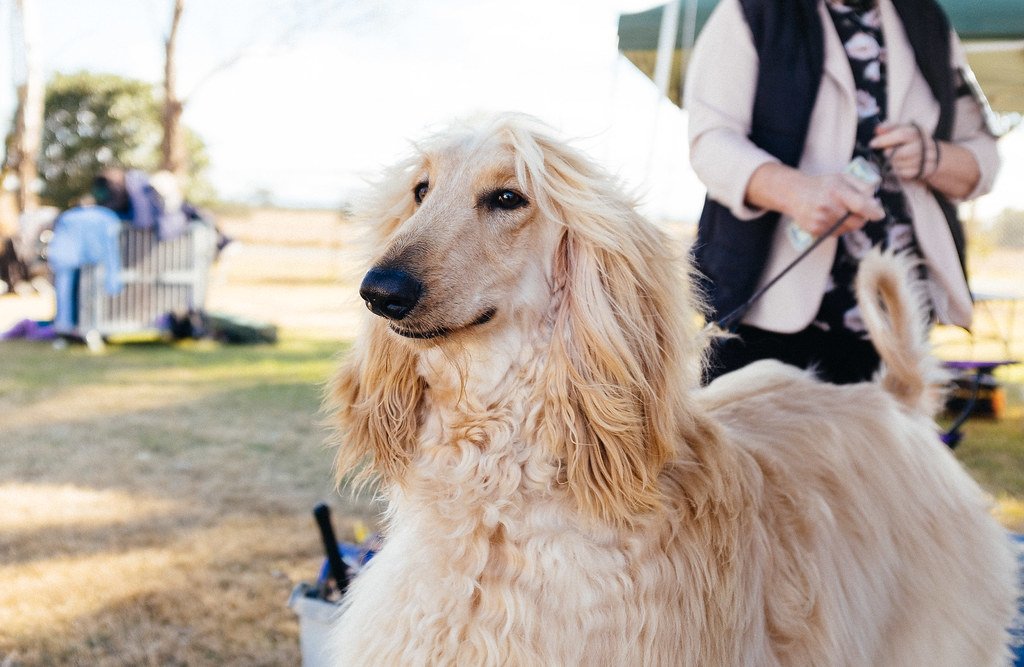Picture this: you’ve just brought home an adorable ball of fluff, dreams of perfectly executed sits and stays dancing in your head. Then reality hits. Your precious pup stares at you with those innocent eyes while completely ignoring every command you’ve lovingly practiced. Welcome to the world of stubborn puppies, where your little angel transforms into a four-legged negotiator who seems to have their own agenda.
You’re not alone in this struggle, and you’re definitely not doing anything wrong. Some breeds are simply wired to think independently, and honestly, that’s part of what makes them so fascinating. These pups aren’t being difficult just to spite you. They’re often following instincts bred into them over centuries, whether it’s a hound following their nose or a terrier convinced they know better than you do. Let’s dive into the world of these beautifully stubborn breeds and discover how to work with their unique personalities.
The Independent Siberian Husky
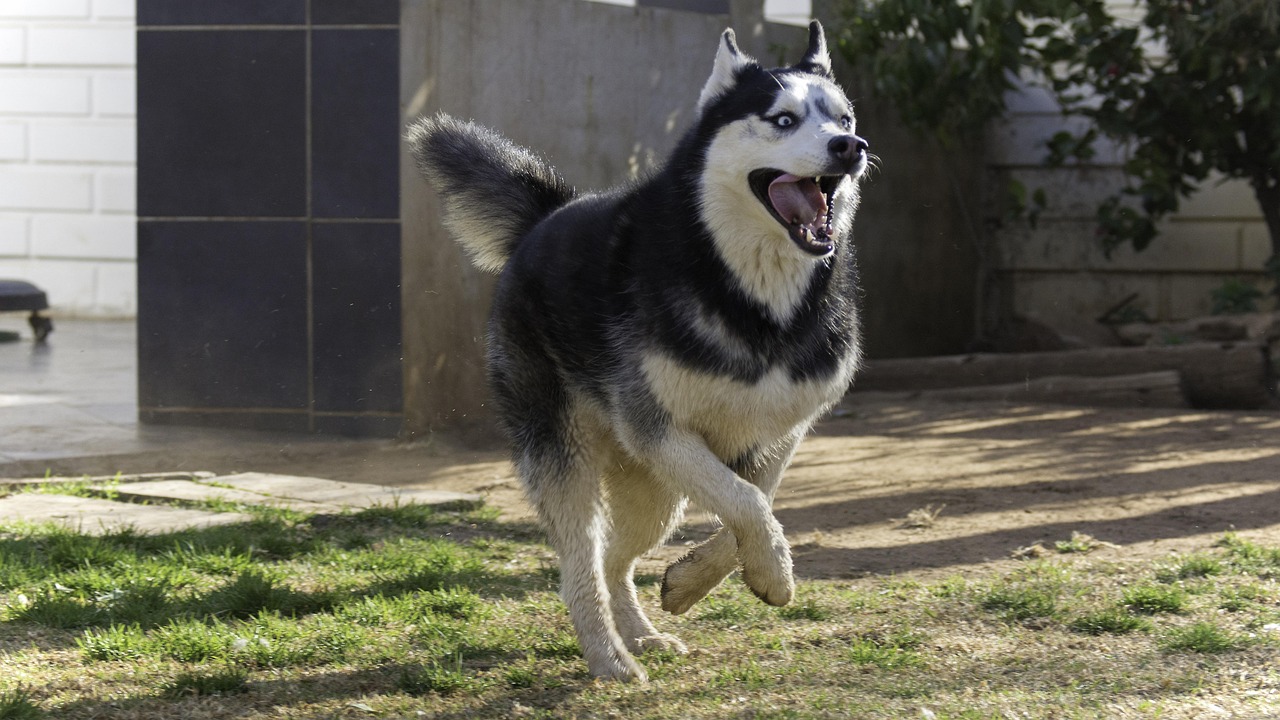
When you look into those striking blue eyes, you might think you’ve found the perfect companion. Several studies and experts have confirmed that Huskies are indeed one of the most stubborn dogs in the world. These dogs have short attention spans that frequently lead to temper tantrums. Your Husky puppy isn’t being rebellious for fun – they’re following ancient instincts that tell them to make independent decisions.
When raising a Husky, recall must be one of the first things to focus on because they have a heart of an explorer and the agility of a horse. Their excellent communication and responding skills combined with their opinionated personality make Huskies a delightfully challenging breed to train. Think of your Husky as a free spirit who needs to understand why following your lead benefits them.
Start with high-value rewards that your puppy absolutely cannot resist. Dogs respond best to positive reinforcement training, not punishment. When training stubborn breeds, the reward needs to be irresistible. Keep training sessions short and engaging, around five to ten minutes, because their wandering minds need frequent breaks to process what they’re learning.
Exercise is your secret weapon with Huskies. A tired Husky is a more cooperative Husky. Before training sessions, let them burn off that seemingly endless energy with a good run or play session. When they’re physically satisfied, their minds are more willing to focus on learning.
The Determined Afghan Hound
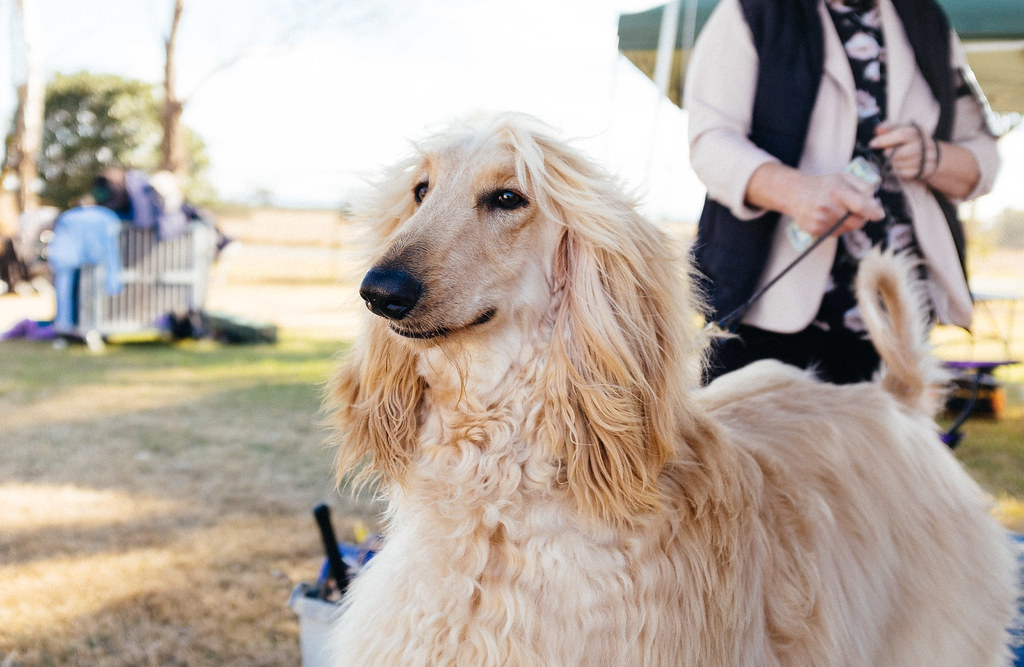
With its elegant appearance and aloof demeanor, the Afghan Hound is a classic stubborn breed. Originally bred for hunting, it has a strong independent streak and can be aloof during training sessions. These gorgeous sight hounds were bred to chase prey across vast landscapes without human direction, so expecting them to hang on your every word is asking them to go against their nature.
Their stubbornness often stems from boredom rather than defiance. Another reason why the Afghan hound isn’t the easiest to train is because of their high prey drive. Although not impossible, it’s extremely difficult to train them out of their desire to chase. Work with this instinct instead of against it by incorporating movement and games into your training sessions.
Afghan Hound puppies respond well to gentle, patient training methods. Harsh corrections will only make them shut down or become more resistant. Use their natural grace and intelligence to your advantage by making training feel like an elegant dance rather than a drill.
Consistency is absolutely crucial with these regal pups. They’re smart enough to test boundaries and will quickly learn if you’re not serious about your rules. Set clear expectations and stick to them, but always with kindness and respect for their sensitive nature.
The Selective-Listening Basset Hound
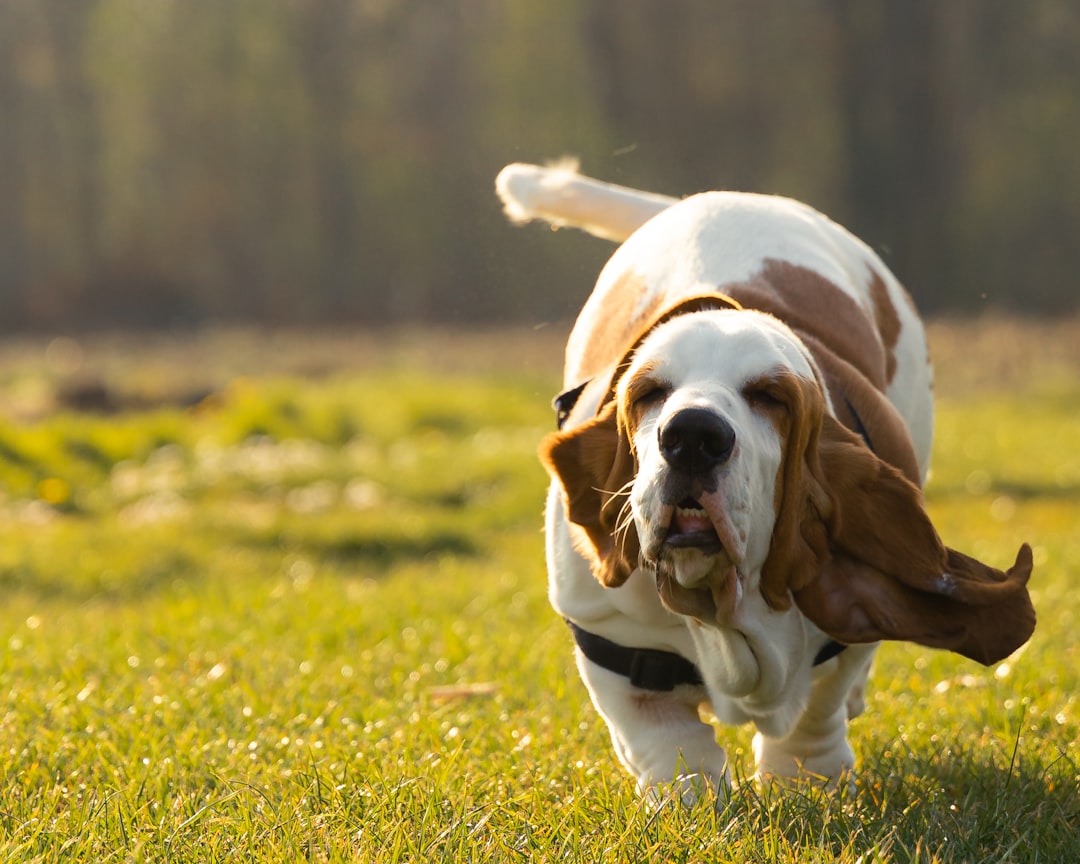
Don’t let those droopy eyes fool you! Basset Hounds are some of the most stubborn dogs around. Bred for scent tracking, they’ll follow their noses over your voice any day. When your Basset puppy suddenly becomes “deaf” to your calls, they’re not being rude – they’re doing exactly what they were bred to do.
According to the Basset Hound Club of America, these dogs aren’t so much stubborn as they are clever. Bred in France as hunters, Bassets often find new methods to achieve their goals and won’t stop until they get their way. This means you need to be cleverer than they are, which is quite the challenge!
Training sessions should be short and sweet because Basset Hounds have their own timeline for everything. They’re not interested in rushing through life, and that includes learning new commands. Work with their methodical nature rather than trying to speed them up.
Food motivation works wonders with these food-loving pups, but use it strategically. Instead of just giving treats randomly, make them work for every morsel. This taps into their natural problem-solving abilities while keeping their attention focused on you instead of that fascinating smell coming from the neighbor’s yard.
The Strong-Willed Bulldog
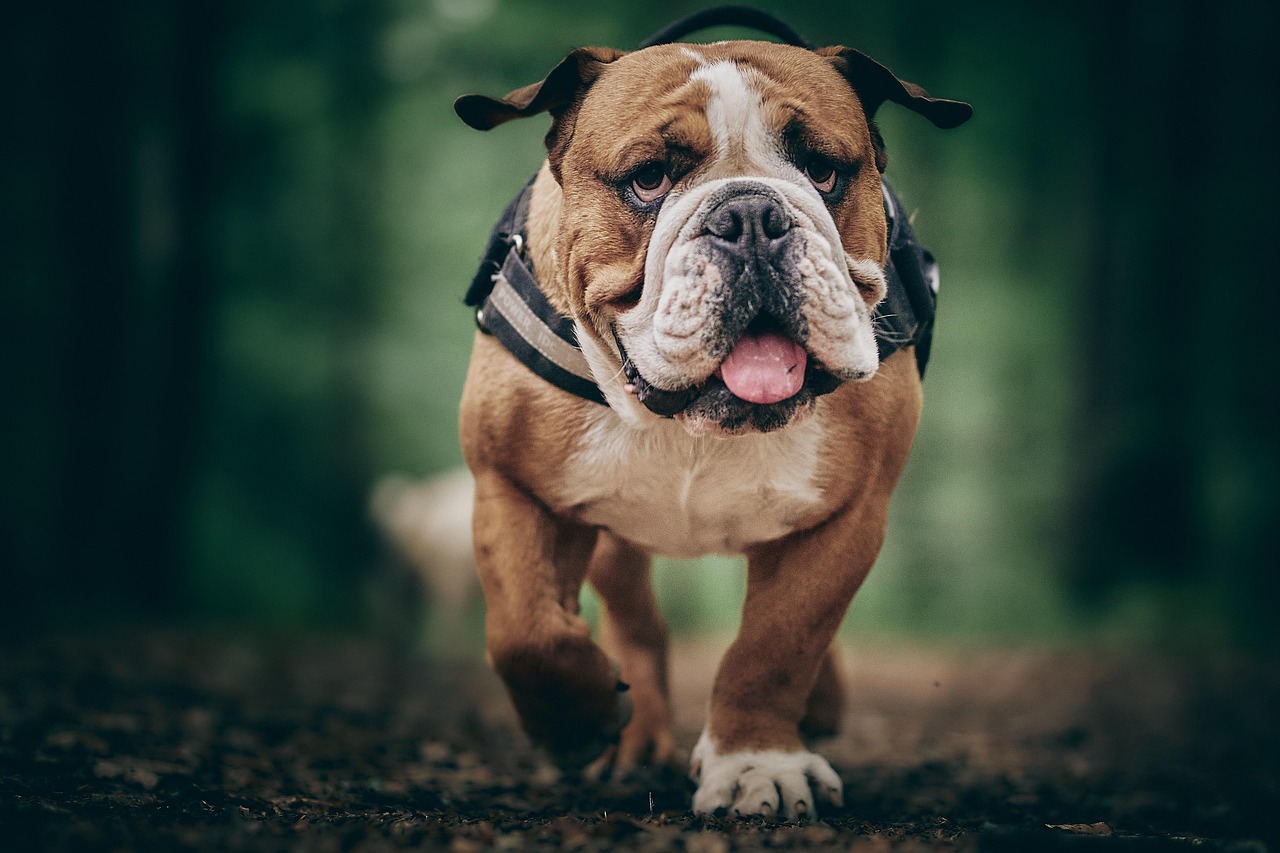
The Bulldog may seem lazy, but don’t mistake that for obedience. These dogs can be willfully slow to respond. Their stubborn dog tendencies are softened by their sweet nature. Your Bulldog puppy’s resistance often comes from their “why rush?” philosophy of life, not from any desire to disobey you.
The English Bulldog is loving, friendly, playful, very trainable, courageous, and calm. You wouldn’t think that a calm dog like the bulldog is one of the stubborn dog breeds, but perhaps the English bulldog is too chill to perform tricks and obey commands. They’re perfectly content to live at their own pace, which doesn’t always align with your training schedule.
Keep training sessions short and avoid overwhelming your Bulldog puppy with too many commands at once. Use treats and short, engaging training sessions. Their attention spans are limited, and pushing too hard will only make them more resistant.
Temperature matters significantly with Bulldogs. These flat-faced beauties overheat easily, so schedule training for cooler parts of the day. A comfortable Bulldog is a more cooperative Bulldog, and they’ll associate training with positive experiences rather than discomfort.
The Clever Jack Russell Terrier
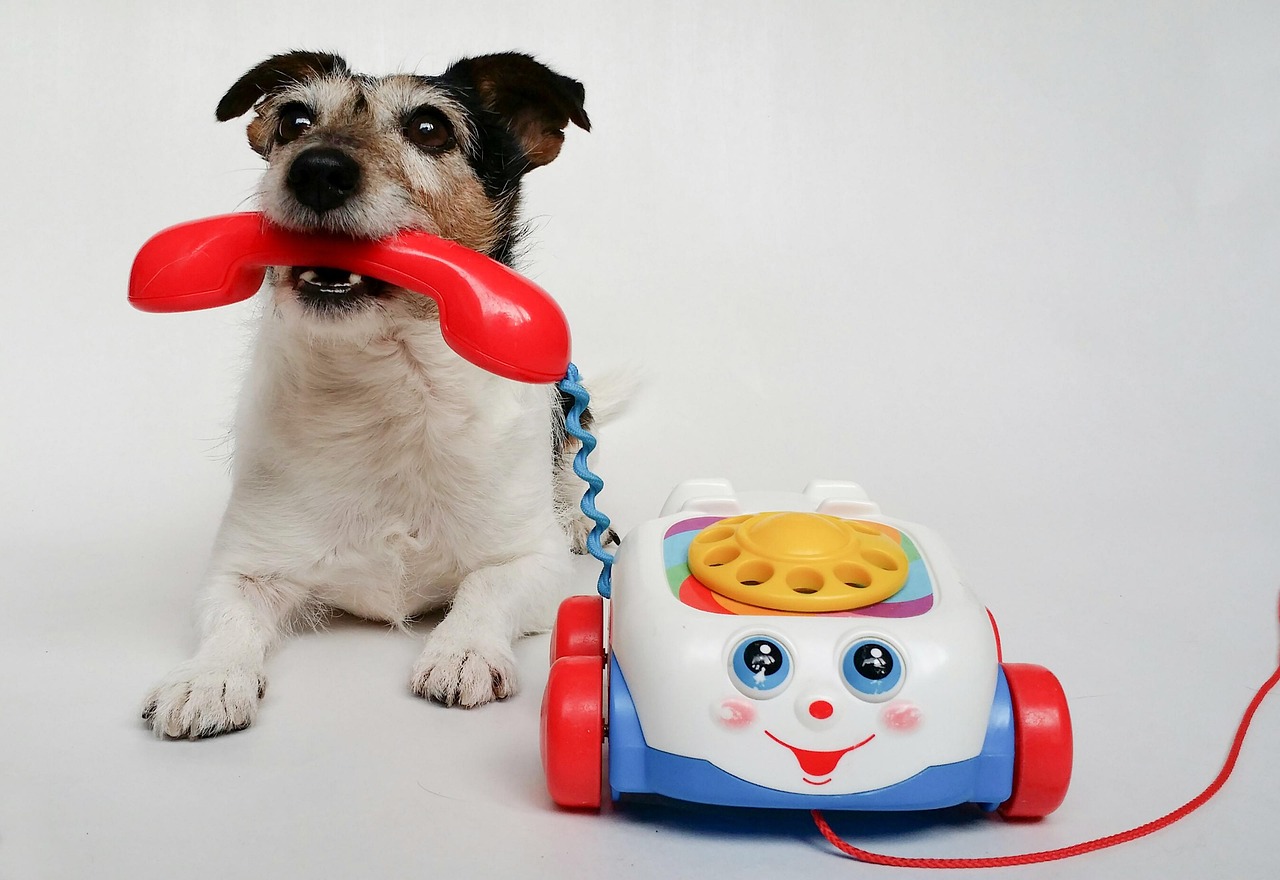
For a small dog, the Jack Russell Terrier sure has a big fursonality. They are known for their fun-loving and independent attitude, with a streak of stubbornness that makes them difficult to train. These tiny dynamos were bred to think on their feet and make split-second decisions while hunting, so they’re naturally inclined to trust their own judgment over yours.
These energetic terrier breeds are as clever as they are stubborn. The Jack Russell Terrier was bred to hunt small prey like foxes, so it’s no surprise they often act like they’re on their own mission. Your JRT puppy isn’t ignoring you out of spite – they’re just convinced they have a better idea.
Mental stimulation is absolutely essential for these bright little minds. A bored Jack Russell is a destructive Jack Russell, and they’ll channel their intelligence into finding creative ways to avoid training. Puzzle toys, training games, and varied exercises keep their minds engaged and more willing to cooperate.
Stubborn pups like these do best with structured routines and plenty of exercise. Establish consistent daily patterns so your JRT knows what to expect, and always burn off their physical energy before asking them to focus mentally. A tired terrier is your best training partner.
The Nose-First Beagle
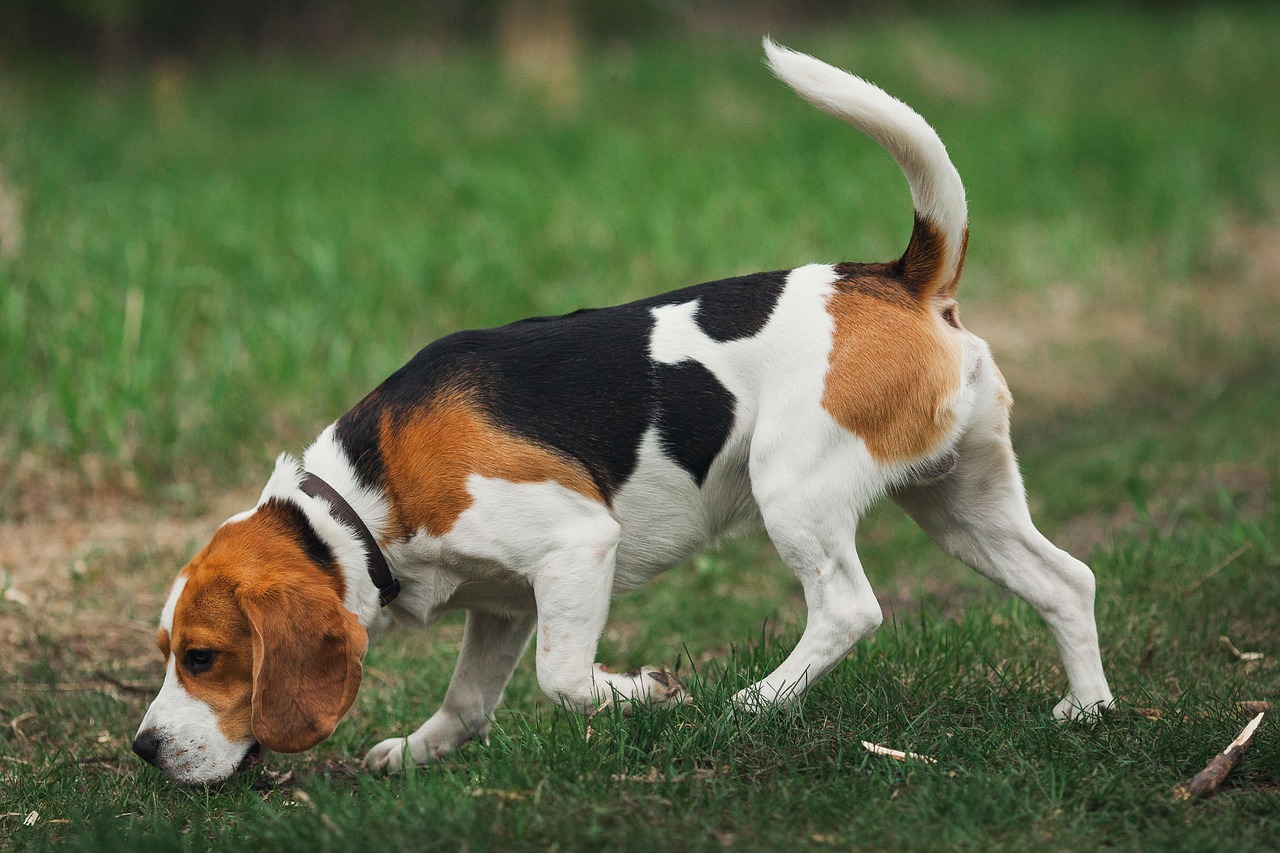
Another scent hound, the Beagle is friendly, loving, and notoriously difficult to train. When your Beagle puppy seems to completely ignore you during walks, remember that they’re experiencing a world of scents you can’t even imagine. To them, following an interesting smell is far more compelling than following your commands.
Beagles are adorable and friendly but are also one of the most stubborn dog breeds. They’re often led by their noses, making them easily distracted and hard to train. This doesn’t mean they’re unintelligent – quite the opposite. They’re incredibly smart, just focused on different priorities than you are.
Work with their scenting abilities rather than against them. Hide treats around the training area and incorporate “find it” games into your sessions. This makes training feel like the hunting game they were bred for, rather than a boring human exercise.
Patience is your greatest asset with Beagles. Their sense of smell is a boon for a hunter but a bane for a regular pet parent. They are genetically predisposed to not listening and hence may come across as ‘stubborn’ to a city-dweller. Remember that their “disobedience” is actually them doing exactly what their genetics tell them to do.
The Regal Chow Chow
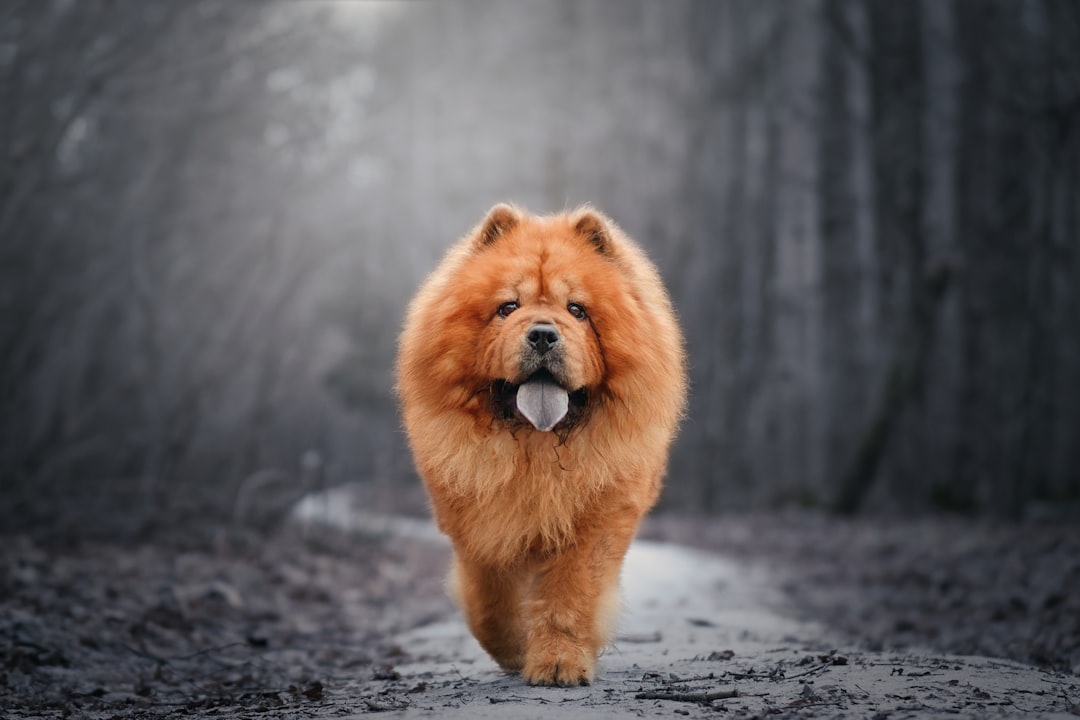
Chow Chows carry themselves with the dignity of ancient Chinese royalty, which they practically are. Ancient Chinese dog breeds were typically bred as guardians, for transporting goods, for herding, hunting, and as a food source. Furthermore, the Chow Chow’s distinctive blue tongue has been the subject of various legends and stories in Chinese culture. Thus, not only do these breeds have headstrong personas, but many of them have trust issues.
These breeds today have evolved to be more loving towards their human families, but have some traits such as aloofness and independence hardwired in their genes. They are famous for being selective listeners. Your Chow puppy isn’t being difficult – they’re evaluating whether your request is worthy of their attention.
Building trust is absolutely essential with Chow Chows. Rush the process, and you’ll face even more resistance. Let your puppy approach training at their own pace, rewarding even small signs of cooperation. These dogs need to respect you before they’ll consistently obey you.
Keep training sessions calm and structured. Chow Chows don’t appreciate chaos or overly enthusiastic training methods. They prefer a quiet, dignified approach that matches their personality. Think of yourself as earning the cooperation of a wise, ancient soul rather than commanding a simple pet.
The Sassy Chihuahua
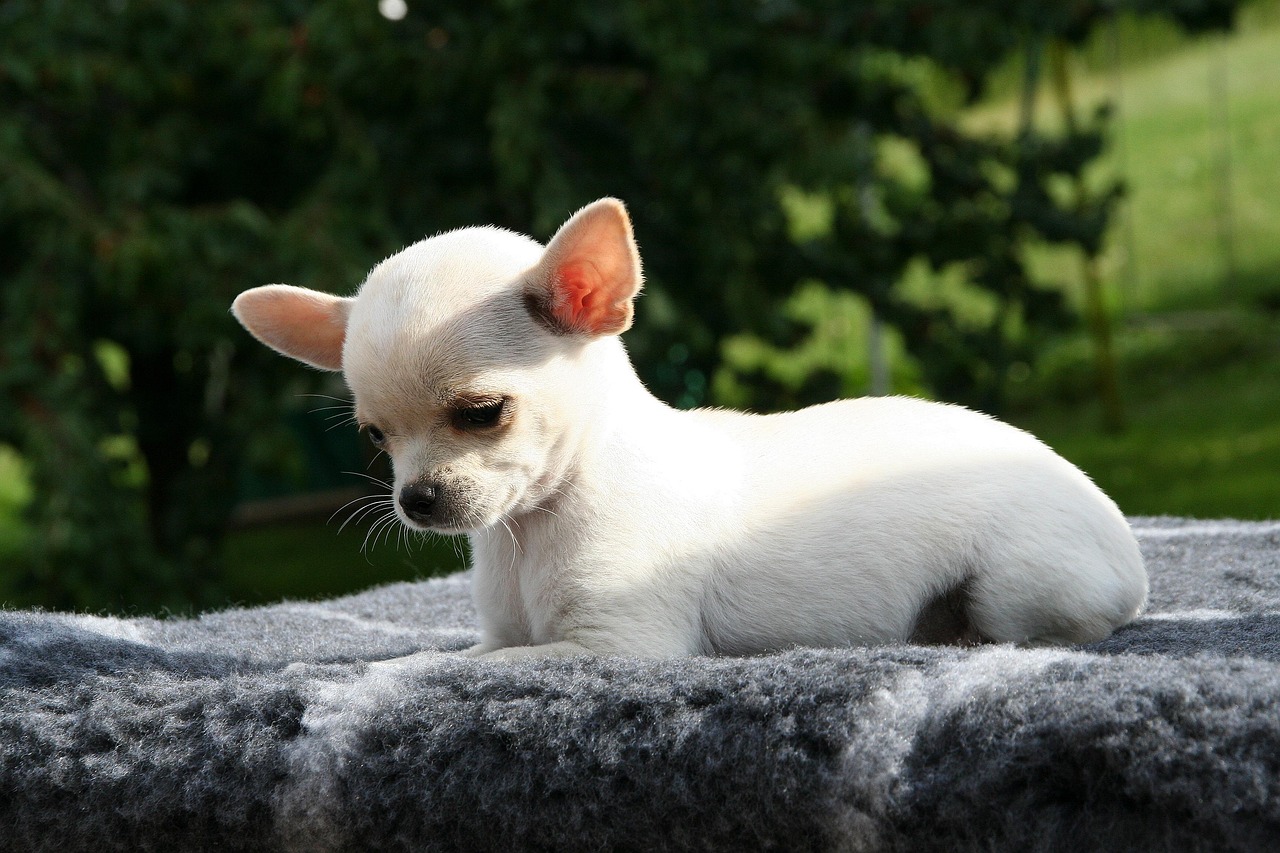
As the most petite pooch in the world, you may not expect them to have such a big attitude. However, the Chihuahua needs all the patience you can muster to train because they seem to think that they are the boss. Don’t let their tiny size fool you – these pocket-sized personalities pack more attitude per pound than any other breed.
They need training or will think they are in charge. Perhaps being a lap dog makes the Chihuahua think that they are royalty and don’t need to listen to their owners. Your Chihuahua puppy’s resistance often stems from their belief that they’re the most important member of the household.
Consistency is absolutely crucial with Chihuahuas because they’re master manipulators who will exploit any weakness in your resolve. If you give in to those adorable puppy eyes once, you’ve taught them that persistence pays off. Stay strong and stick to your training plan.
Use their natural intelligence to your advantage by making training feel like a game they can win. Chihuahuas love to show off, so frame commands as opportunities for them to demonstrate their cleverness rather than orders they must follow. Their egos respond better to “Let’s see how smart you are” than “You must obey me.”
The Cat-Like Shiba Inu
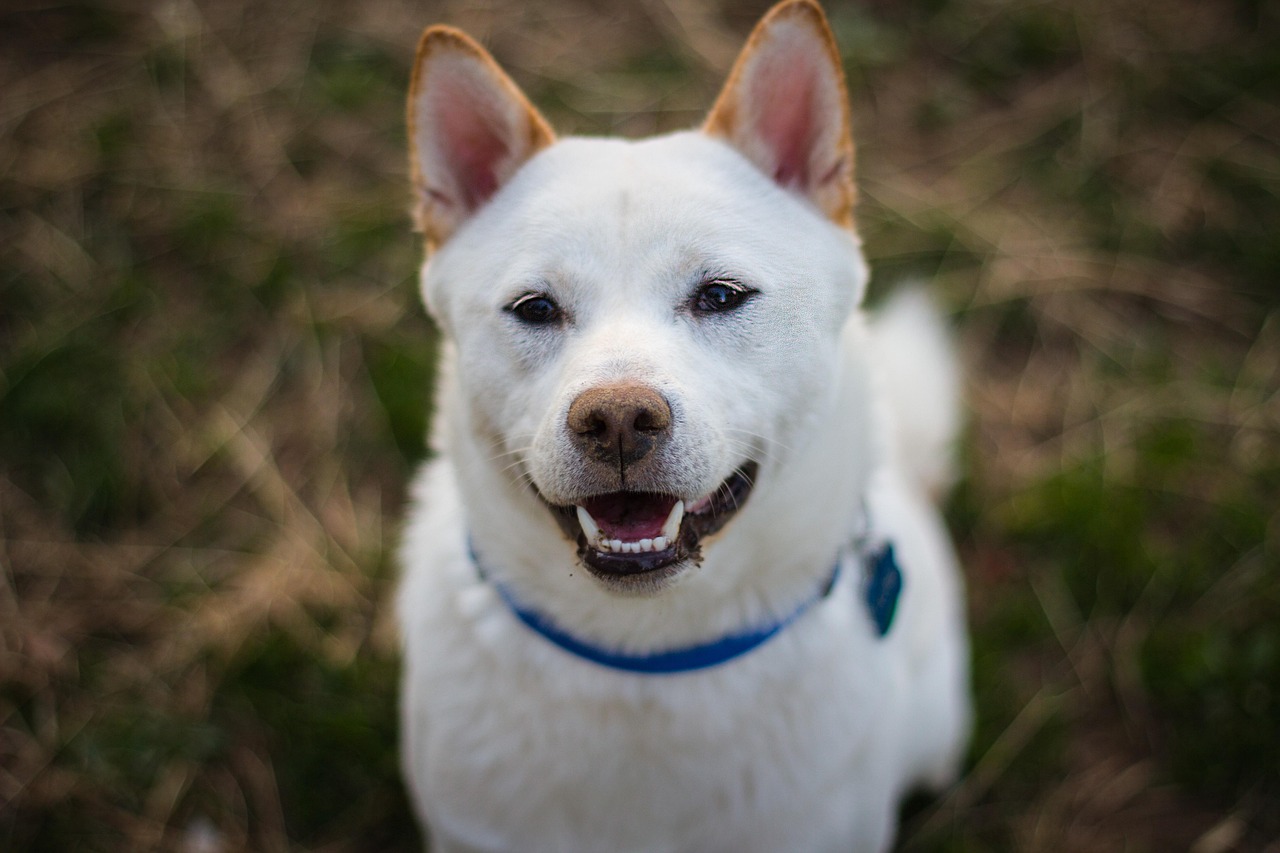
Many people believe that Shiba Inus are very feline-like. This perception is built around three of their strongest characteristics – independence, aloofness and determination. If you’ve ever tried to train a cat, you’ll understand the unique challenge of working with a Shiba Inu puppy. They’ll consider your requests, weigh the benefits, and then decide whether compliance serves their interests.
They are very intelligent, highly alert and attuned to their environs. They are quick to form perceptions about the world which can be difficult to change. This is where their “stubbornness” is most highlighted. Your Shiba puppy isn’t being obstinate – they’re making calculated decisions based on their assessment of the situation.
Early socialization is absolutely critical with Shiba Inus. It is important to start training these dogs when they are young to mold them into well rounded and well-behaved dogs. The longer you wait, the more set in their ways they become, and changing a Shiba’s mind once it’s made up is like trying to redirect a river.
Respect their need for personal space and dignity. Shibas don’t appreciate being forced into uncomfortable positions or situations. Instead, create training environments where they can maintain their composure and choose to participate willingly. They’re much more cooperative when they feel their autonomy is respected.
The Mighty Akita
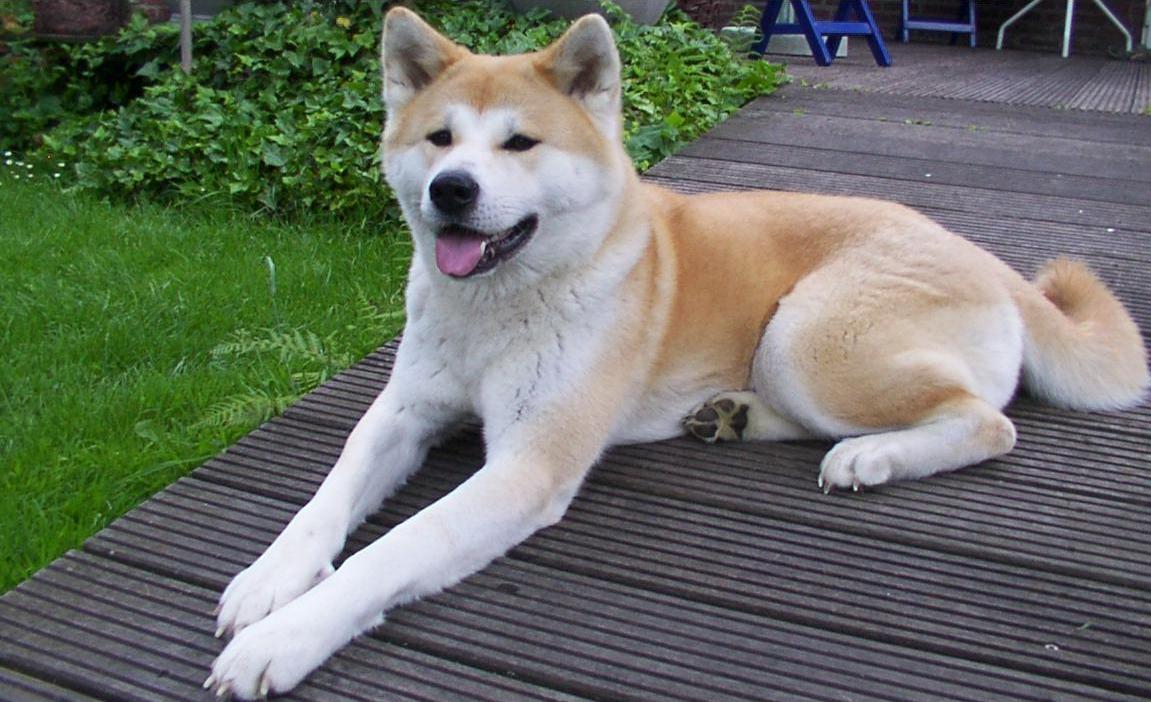
Akitas are known for being protective, “profoundly” loyal, dignified, brave, affectionate with family and friends, love human companions, and need to be socialized at a young age because they have a high prey drive from their hunting genes. They are one of the stubborn dog breeds, but training with positive reinforcement at a young age should yield great results.
Akita, also known as the Hachiko dog, is considered to be one of the most loyal breeds of the world. When these dogs set their heart onto something, they are usually unstoppable. For several pet parents, this may appear to be as stubbornness. Your Akita puppy’s resistance often comes from their deep thinking process – they’re not quick to make decisions, but once they do, they’re committed.
Establish yourself as a calm, confident leader from day one. Akitas respect strength and consistency, but they’ll challenge wishy-washy leadership. Your training approach needs to be firm but never harsh, as these sensitive souls will shut down if they feel disrespected or frightened.
Early socialization is non-negotiable with Akita puppies. Their natural protective instincts can turn into problematic behavior if they’re not exposed to various people, animals, and situations while young. A well-socialized Akita is infinitely easier to train than one who views the world with suspicion.
Conclusion
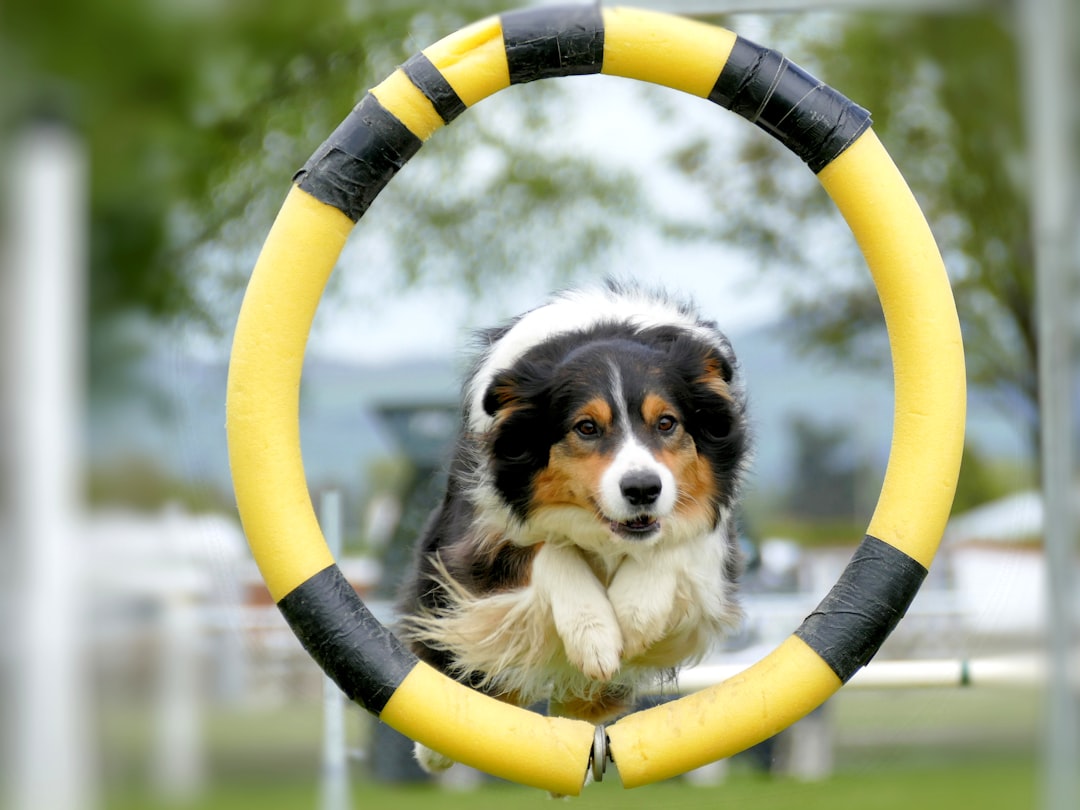
Training a stubborn puppy isn’t about breaking their spirit or forcing compliance through dominance. It’s about understanding their unique personality, working with their natural instincts, and building a partnership based on mutual respect and trust. By respecting and working with their natural tendencies, rather than against them, you create a more harmonious and effective training environment. This approach fosters a positive relationship, builds trust, and helps you and your dog achieve your training goals together.
Remember that what looks like stubbornness is often intelligence, independence, or simply a different way of processing information. What seems to us as “stubborn” is actually a very strong motivation that does not lie in the rewards we are looking to offer to our dogs. Strong willed dogs, as I like to call them, usually are more driven by their instincts than external rewards. The key is finding what motivates your individual puppy and making training worth their while.
Be patient with yourself and your puppy during this journey. Training a stubborn dog is a marathon, not a sprint. Progress might be slow, but celebrate every little victory. Every small step forward is worth celebrating, and those challenging early days will eventually give way to a beautifully trained companion who chose to work with you rather than against you.
What surprised you most about these stubborn breeds? Have you discovered any unique training tricks that work with your strong-willed pup? Share your experiences – every stubborn dog story helps another owner feel less alone in their training journey.

Andrew Alpin from India is the Brand Manager of Doggo digest. Andrew is an experienced content specialist and social media manager with a passion for writing. His forte includes health and wellness, Travel, Animals, and Nature. A nature nomad, Andrew is obsessed with mountains and loves high-altitude trekking. He has been on several Himalayan treks in India including the Everest Base Camp in Nepal.

